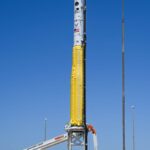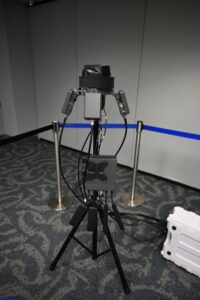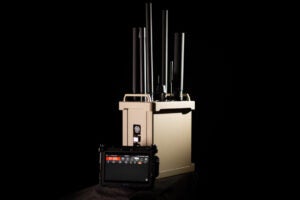
Northrop Grumman [NOC] continues to supply upgrades to the Air Force’s E-8C joint surveillance target attack radar system (JSTARS) aircraft as the service hones its plan for a follow-on network of systems.The company was awarded a $17.5 million contract for a fifth-generation upgrade to the aircraft’s central computers on Sept. 27. The upgrade, which includes 16 aircraft, will serve as a “low-risk pathfinder” for the service to maintain fleet capability as it develops the details of the advanced battle management…

 By
By 











